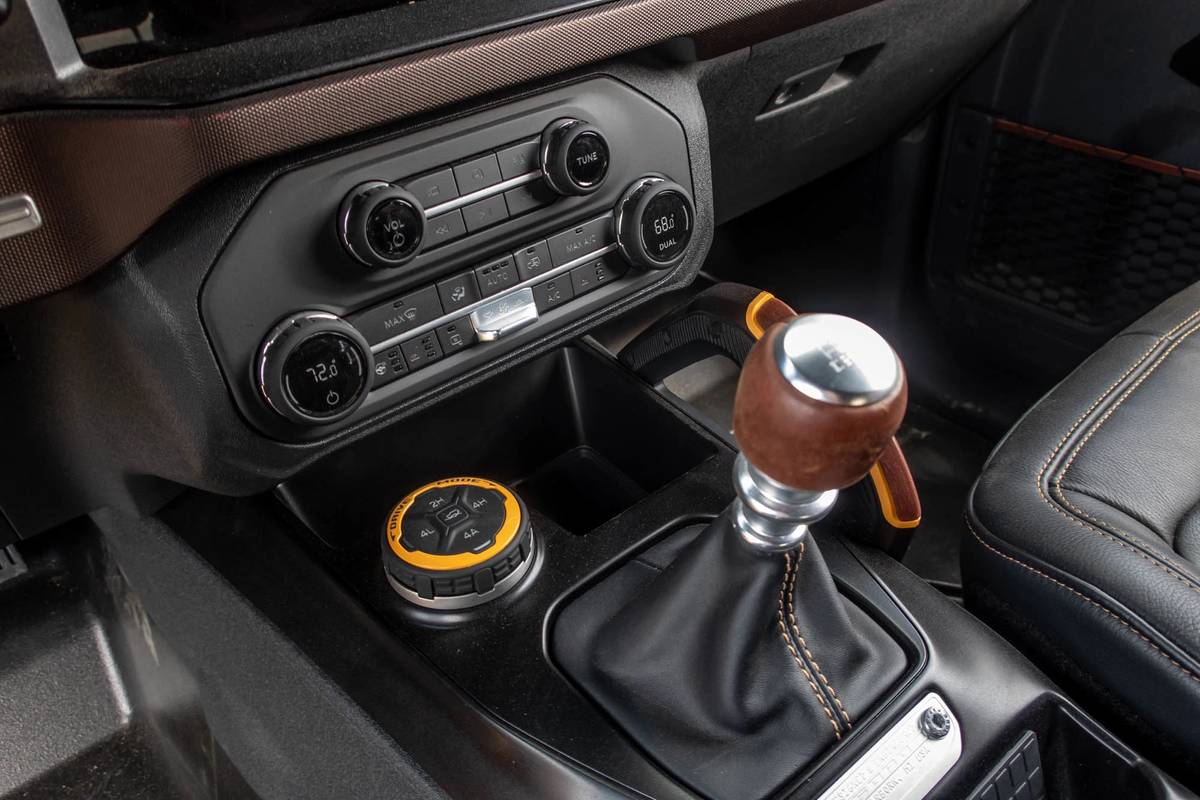What Is a Throwout Bearing?

A throwout bearing is used on vehicles with a manual transmission. It’s part of the mechanism that disengages or releases the clutch when the driver presses down on the clutch pedal. As such, it’s sometimes also called a release bearing.
Related: Which Cars Have Free Maintenance for 2021?
The throwout bearing is typically about the size of a small doughnut and can’t be seen from the outside. It’s inside the transmission bell housing along with the clutch disc and pressure plate — two other parts of the clutch system.
How and When Does the Throwout Bearing Work?
When the driver presses down on the clutch pedal, a fork pushes on the outside shell of the throwout bearing and slides the bearing forward on the transmission input shaft. The face of the bearing then presses on “fingers” that are part of the pressure plate. That backs off the springs that otherwise clamp the clutch disc between the pressure plate and the engine’s flywheel, thereby releasing the clutch — and the connection between the engine and transmission along with it.
This release is what allows the engine to keep turning when the wheels are stopped (such as at a stoplight) and also enables the driver to shift gears.
You may not realize what a hard life the throwout bearing lives. Pushing on the pressure plate fingers takes a lot of effort, as the pressure plate springs are very stiff. The “bearing” part comes into play because the outside of the throwout bearing is stationary while the face rotates with the pressure plate and its fingers; this occurs any time the clutch pedal is depressed.
When Does It Fail?
Although the throwout bearing usually lasts as long as the clutch disc — and should be replaced when the clutch is — some driving habits can cause it to wear out much faster. Since the throwout bearing is working any time the clutch pedal is depressed, holding the pedal down for long periods, such as when waiting for a stop light, can wear out the throwout bearing prematurely.
How do you know? A worn throwout bearing makes a whirring or growling noise when the clutch pedal is depressed. In those situations — or any time the clutch would need to be held down for more than a few seconds — it’s best to depress the clutch pedal, put the transmission in neutral and release the clutch pedal until it’s time to go again.
Your throwout bearing will thank you.
More From Cars.com:
- How Do I Find the Correct Tire Pressure for My Car?
- Is Your Check-Engine Light On? 5 of the Most Common Causes
- Why Do I Keep Getting Phone Calls About My Car’s Warranty Expiring and How Do I Stop Them?
- What Is Coolant and Is It the Same as Antifreeze?
Cars.com’s Editorial department is your source for automotive news and reviews. In line with Cars.com’s long-standing ethics policy, editors and reviewers don’t accept gifts or free trips from automakers. The Editorial department is independent of Cars.com’s advertising, sales and sponsored content departments.
Featured stories




